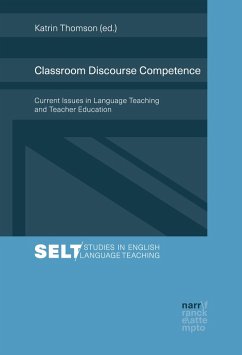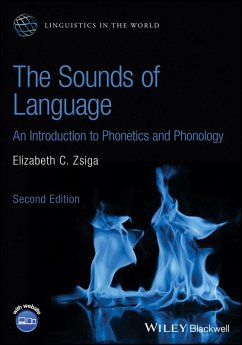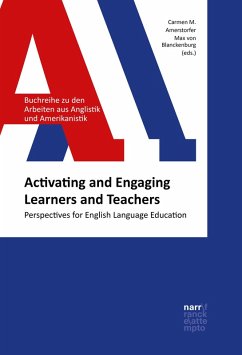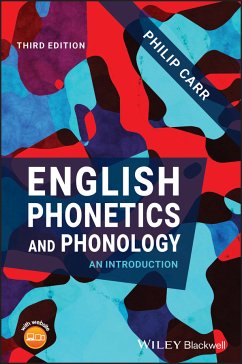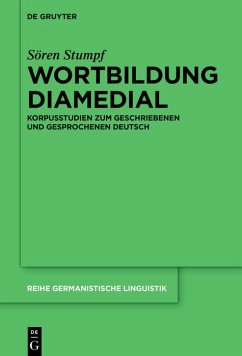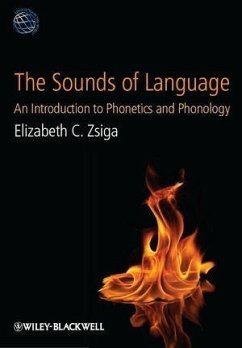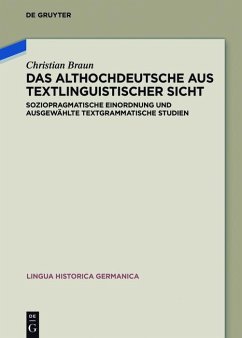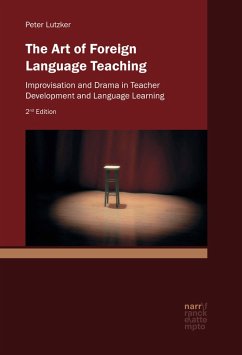
The Linguistic Toolkit for Teachers of English (eBook, ePUB)
Discovering the Value of Linguistics for Foreign Language Teaching
Versandkostenfrei!
Sofort per Download lieferbar
Statt: 26,99 €**
21,99 €
inkl. MwSt. und vom Verlag festgesetzt.
**Preis der gedruckten Ausgabe (Broschiertes Buch)
Alle Infos zum eBook verschenkenWeitere Ausgaben:

PAYBACK Punkte
0 °P sammeln!
In contrast to literary or cultural studies linguistics is not taught in the EFL classroom, yet, it plays a major role in any English language teaching degree. Given this discrepancy it does not come as a surprise that students sometimes ask: "I want to be a teacher! Why do I need all this?" The main goal of this textbook is to demonstrate the relevance of linguistic expertise for the EFL classroom. It explores a wide range of topics (phonetics/phonology, lexis, corpus linguistics, text linguistics and the power of language) with a clear focus on providing a convincing answer to the question a...
In contrast to literary or cultural studies linguistics is not taught in the EFL classroom, yet, it plays a major role in any English language teaching degree. Given this discrepancy it does not come as a surprise that students sometimes ask: "I want to be a teacher! Why do I need all this?" The main goal of this textbook is to demonstrate the relevance of linguistic expertise for the EFL classroom. It explores a wide range of topics (phonetics/phonology, lexis, corpus linguistics, text linguistics and the power of language) with a clear focus on providing a convincing answer to the question above. With its highly accessible style and layout, a wealth of examples and exercises as well as a large range of additional innovative online materials this textbook sets out to convince its readers that they will be better teachers if they are good linguists.
Dieser Download kann aus rechtlichen Gründen nur mit Rechnungsadresse in A, B, BG, CY, CZ, D, DK, EW, E, FIN, F, GR, H, IRL, I, LT, L, LR, M, NL, PL, P, R, S, SLO, SK ausgeliefert werden.





